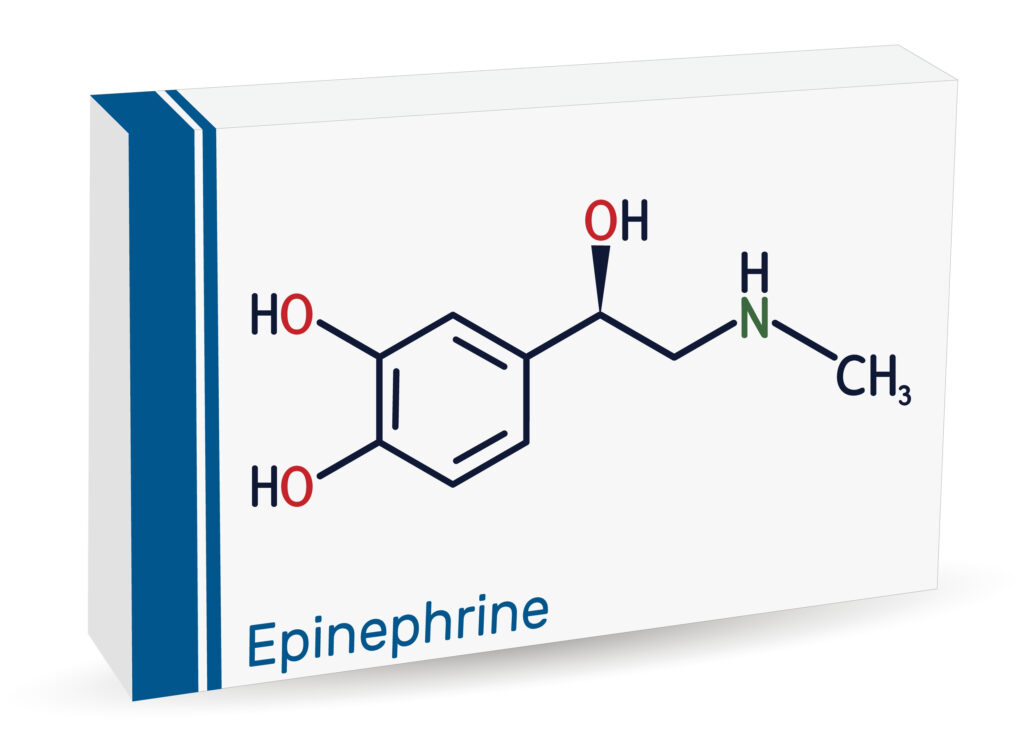Lesson 1 of 0
In Progress
History of Epinephrine

Late 1800s to Early 1900s
- In 1874, physiologist Paolo Pellacani was the first recorded researcher to administer adrenal extract to animals. Using dogs as his subjects, Pellacani found that dogs receiving adrenal extract experienced an increase in arterial tone and blood pressure.
- His findings were soon proven by another physiologist, Rudolf Ludwig Karl Virchow Gottlieb — who induced hypotension in dogs and later used adrenal extract to restore normal blood pressure and circulation.
- Epinephrine used in resuscitation is first research by Crile and Dolley in 1906, who noted the importance of an adequate aortic diastolic pressure during attempted cardiac resuscitation. They stated that it often was not possible to achieve an adequate aortic diastolic pressure with chest compression along and needed the addition of epinephrine.

“When about a quarter of fluid has passed into the blood vessels, 15–30 minims of a one to one thousands adrenaline solution are injected into the vessel.”
— George W. Crile, Physician
Mid-1900s
- In the 1960’s, when cardiopulmonary resuscitation was still in its infancy, John W. Pearson and W. P. James Redding published a study that looked at the effectiveness of epinephrine, isoproterenol, or α-agonist methoxamine. Pearson and Redding demonstrated that epinephrine and methoxamine, but not isoproterenol, was able to restore cardiac activity in 9 out 10 dogs after asphyxiation.
- Epinephrine was in the 1974 Standards for Cardiopulmonary Resuscitation and Emergency Cardiac Care guidelines behind sodium bicaebonate.
A dose of 0.5 ml of a 1:1000 solution diluted to 10 ml, or 5 ml of a 1:10,000, should be administered intravenuously every five minutes during resuscitation effort.”
1974 CPR Guidelines
Late 1990- Early 2000s
- The 1992 ACLS gudieslines recommended either escalating doses (1, 3, 5 mg), intermediate doses (5 mg per dose rather than 1 mg), or high doses based on body weight (0.1 mg/kg).
- Epinephrine was studied at doses as high as 15 mg of epinephrine
- The overall conclusion is that it’s no better than standard 1 mg with a potential for harm based on secondary outcomes.
In 2015, the ACLS Guidelines changed it recommendation to Class III: No Benefit, LOE B-R, indicating that it did not recommend high-dose epinephrine
2015 ACLS Guidelines
